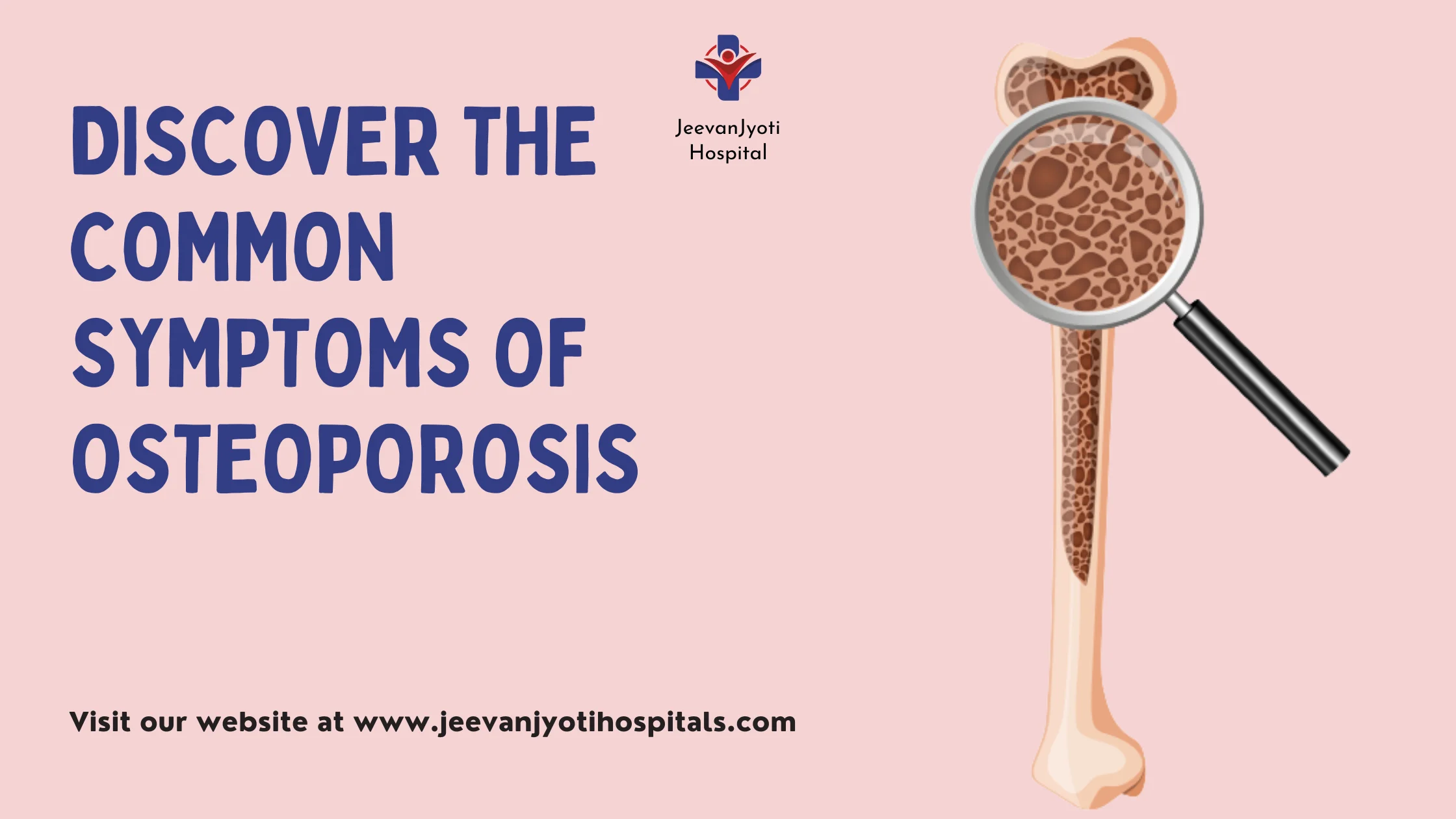Overview
Stand straight, sit up straight, and please don’t slouch. Raise your hands if your parents or grandparents have told you to do these things. When we’re young, we might not realise how important these things are, but these small habits are immediately linked to our bone health.
Osteoporosis is a bone disease in which the bones lose minerals faster than the body can replace them. It is often called the “silent disease.” If you don’t get enough minerals like calcium and vitamin D, your bones will be less dense and more likely to break. Most people don’t know they have osteoporosis until they break a bone. This is because there aren’t usually any early signs or symptoms. Other times, pain in the joints or swelling caused by arthritis make it hard to find osteoporosis right away. This makes it more likely that problems will arise later in life.
So, the question of how to spot the signs of osteoporosis comes up, because it could help stop more bone loss and reduce the risk of bone injuries. From a young age, you can look to the painful signs of osteoporosis to know that you need to see a doctor as soon as possible.
Osteoporosis Symptoms
In the early stages of bone loss, there are no signs that something is wrong. Osteoporosis by itself does not cause pain or other obvious signs. Fractures are more likely to happen when bones are weak and don’t have sufficient weight. Once the disease has caused bones to become weak, individuals might experience the following:
- A stooped posture
- Loss of height over time
- Mild to severe back pain (due to a fractured or collapsed vertebra)
- Easy bone fracture or injury
Most of the time, women are more likely than guys to get osteoporosis. All people lose some bone mass as they age. But women over 65 and younger women who have gone through menopause and have risk factors should be tested for low bone density.
What’s next?
estrogen and testosterone are sex hormones. Both men and women need oestrogen and testosterone to keep their bones strong. Usually, a drop in oestrogen happens when a woman goes through menopause. This makes the risk of bone loss go up. A woman loses up to 10% of her total bone mass in the first five years after menopause.
Osteoporosis has no normal way to treat it. A thorough evaluation of signs and symptoms, osteoporosis risk factors, and functional state helps the doctor figure out the best way to treat the patient.
